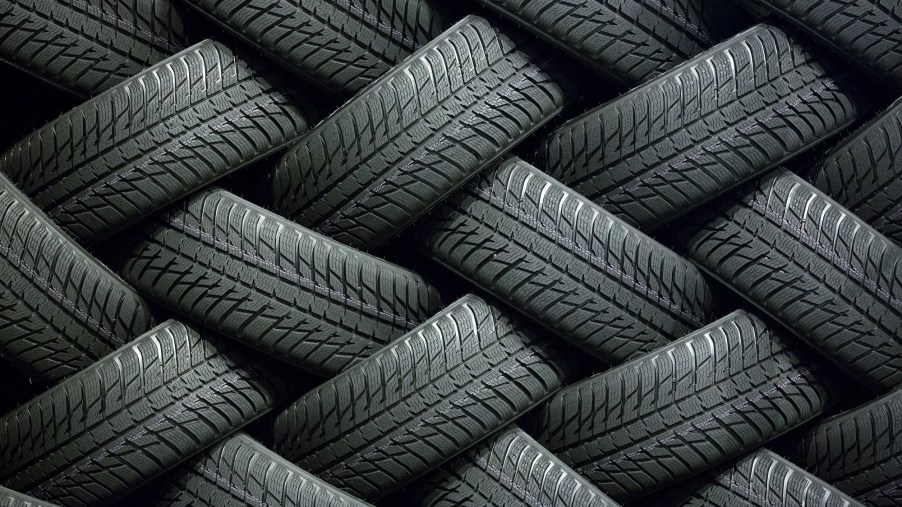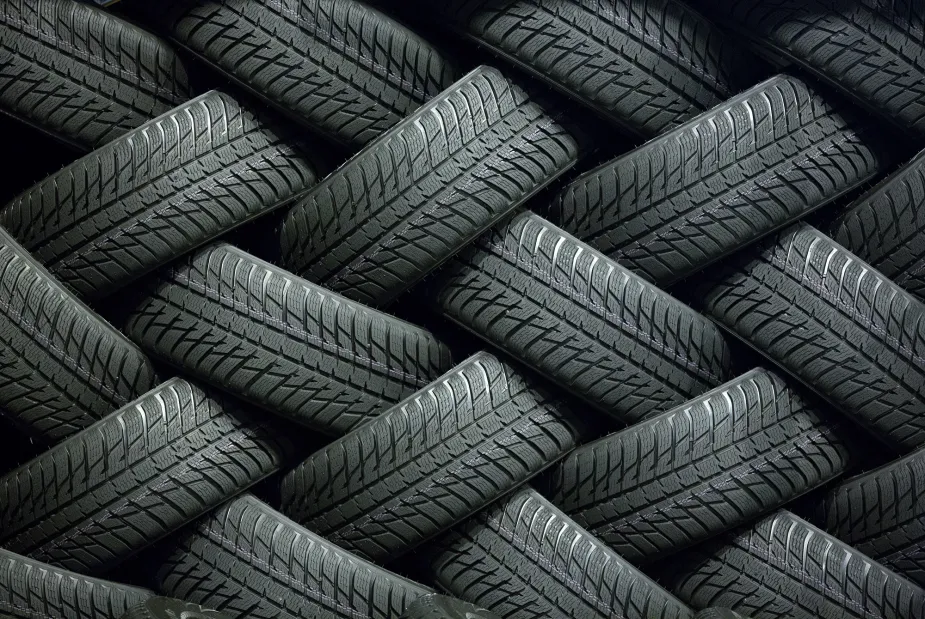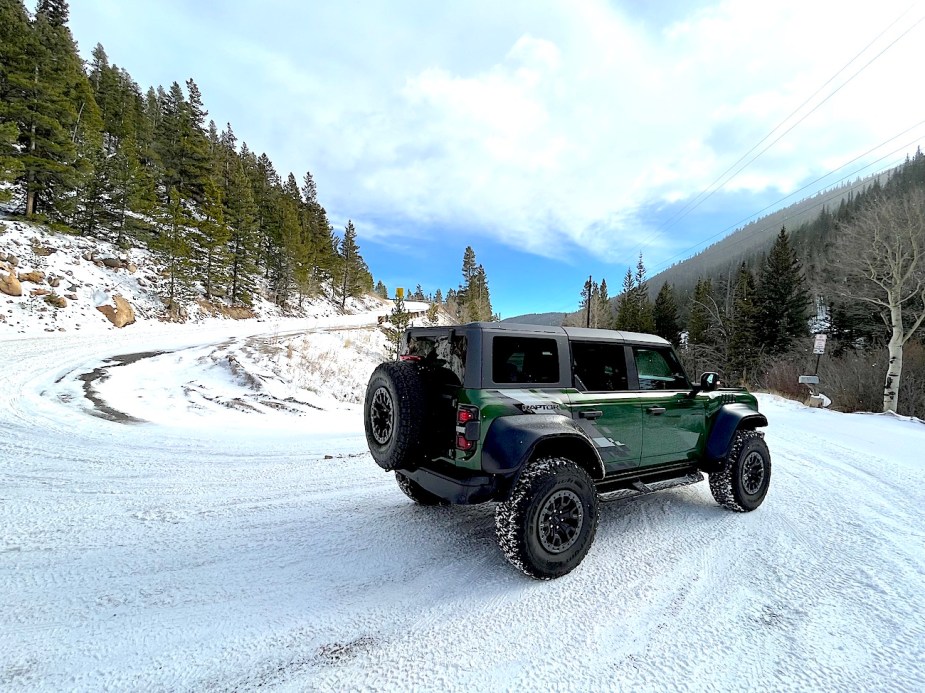
Why Does My Car Tire Pressure Drop When it Gets Cold?
Car ownership presents us with many questions we may not have thought about before. One of the best parts of modern cars is all the information available on your displays. One section is almost always reserved for car tire pressure. Since the temperature has gotten colder recently and will continue to do so, you may have noticed your tire pressure got lower. Then you ask why does my tire pressure drop when it gets cold? We’ve got the answer and more.
A science lesson on why your car tires lose pressure in the cold

According to Cars.com, air expands when it is heated and contracts when it is cooled. Your car’s tires are filled with air. Therefore, the air in your car’s tires contracts when the temperature outside switches from hot to cold as we transition from summer to fall and winter. As a result, your pressure gauge likely reads lower for all four tires than it did before. You want to take care of problems like this as soon as possible.
Driving with low tire pressure is bad for the rubber you rely on. Usually, you can pretty much count on needing to put more air in your tires as soon as the temperature drops significantly. A handheld one will come in handy if your vehicle doesn’t have a pressure gauge on the instrument cluster like many modern vehicles. They’re affordable and read the pressure by pressing on the tire stem.
Why is low tire pressure bad?

There are a few reasons why you shouldn’t drive your car around with low tire pressure for too long. According to Rubber Manufacturer’s Association, underinflated tires can lead to tire failure. “Low tire pressure results in added tire stress and irregular wear, which the agency cautions could lead to a loss of control and accidents. And looks are deceiving.” Moreover, don’t just look at a tire and assume it’s properly inflated because it appears that way to the naked eye. That’s where pressure gauges come in to provide accurate readings.
Next, AAA says checking your pressure regularly is a good practice during the fall and winter. When temperatures fluctuate, the pressure may go down again after you’ve added air. The agency says pressure typically drops one to two pounds per square inch every 10 degrees Fahrenheit. Additionally, checking the spare tire is easy to forget but be sure to do so. When it’s needed, the last thing you want is a flat spare tire.
Another helpful tip is to check the tire pressure in the morning or whenever the tires are cold. When the tires have been used recently, they’re more likely to give an inaccurate reading. Tires rolling on the road create heat, which alters the pressure. Cars.com says to wait at least three hours after the car has been driven.
Tire pressure impacts fuel economy
Another reason to ensure your tires are adequately inflated is that underinflated tires impact fuel economy. With underinflation, tires have a higher rolling resistance, meaning fuel economy is worse. Proper inflation also improves the vehicle’s overall ride and handling since tires offer more surface area with enough air. Simply adding some air to your tires can save you money at the gas station all winter long, and who could say no to that?
In conclusion, your car’s tire pressure drops when it gets cold because air contracts in cold temperatures. That’s why experts like Cars.com, AAA, and the Rubber Manufacturers Association recommend frequently checking your tire pressure throughout the winter. This way, you’ll always get your vehicle’s best handling, ride, and fuel economy.



